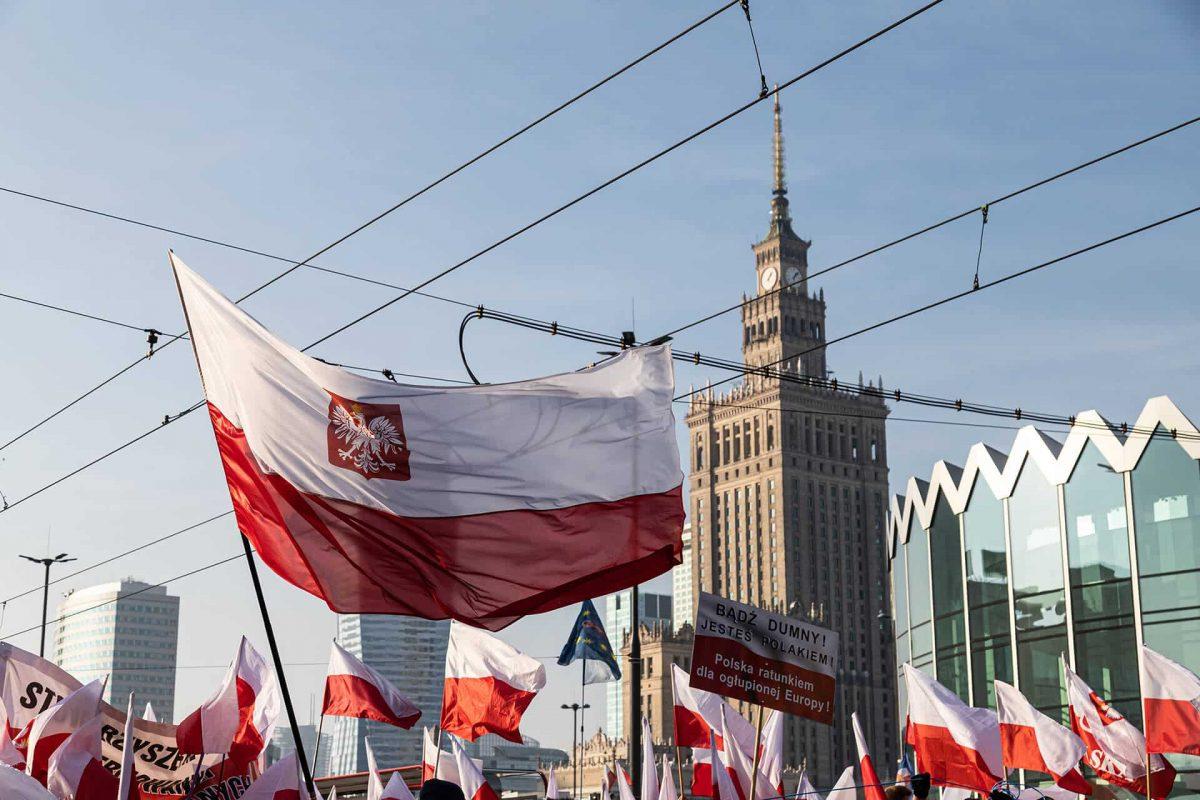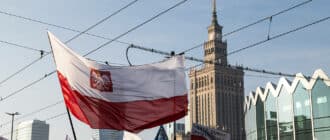“November 11, as the anniversary of the restoration by Poland of its independent state existence and as a day forever associated with the great name of Józef Piłsudski, the victorious leader of the nation in the struggle for the freedom of the Fatherland, is a solemn Independence Day” – this is the quote from the law of 23 April 1937 on Independence Day I want to begin today’s article. Poland worked its way towards independence for 123 years, overcoming territorial wars and occupation, a ban on celebrating the Independence Day and moving it to another date. However, it only spurred the fight for freedom and gave more and more weight to the celebration. On 11 November 2022, the 104th anniversary of regaining Poland’s independence will be celebrated.
A bit of history
Where does the date come from? It is a tentative date and relates to the day the First World War ended in 1918. It was on 11 November that an armistice was signed in Compiègne (a city in France). But in the interwar period there was a heated debate about which of the events of the autumn of 1918 should be regarded as a symbolic moment for the restoration of independence. From the point of view of Piłsudski’s supporters, the most important event was the arrival of Józef Piłsudski from Magdeburg Fortress in Warsaw on 10 November. The left wing, on the other hand, argued about the importance of the government of Ignacy Daszyński, formed in Lublin. But in the end it was 11 November that was celebrated as the unofficial Independence Day. It became especially important for the military, because on that day the Council of Regents handed over military authority and supreme command of the Polish forces to Jozef Piłsudski. A little later, the council also entrusted him with civil power.
Independence Day was celebrated for the first time on 14 November 1920. Previously, it had not been possible due to the incessant struggle to establish territorial boundaries. From 1919 to 1936, celebrations were usually held on the first Sunday after 11 November and were of a military nature. At that time, military parades and state ceremonies were held all over the country, and liturgies for the homeland were held in churches. In the Belvedere palace people were given an award Virtuti Militari for their courage in the fight for freedom.
It was not until 1926 that November 11 was officially recognized as Poland’s Independence Day. Since then, Marshal Piłsudski held an annual anniversary parade on Saxon Square in Warsaw (later renamed Piłsudski Square). The last parade was held on Pola Mokotowskie in 1934.
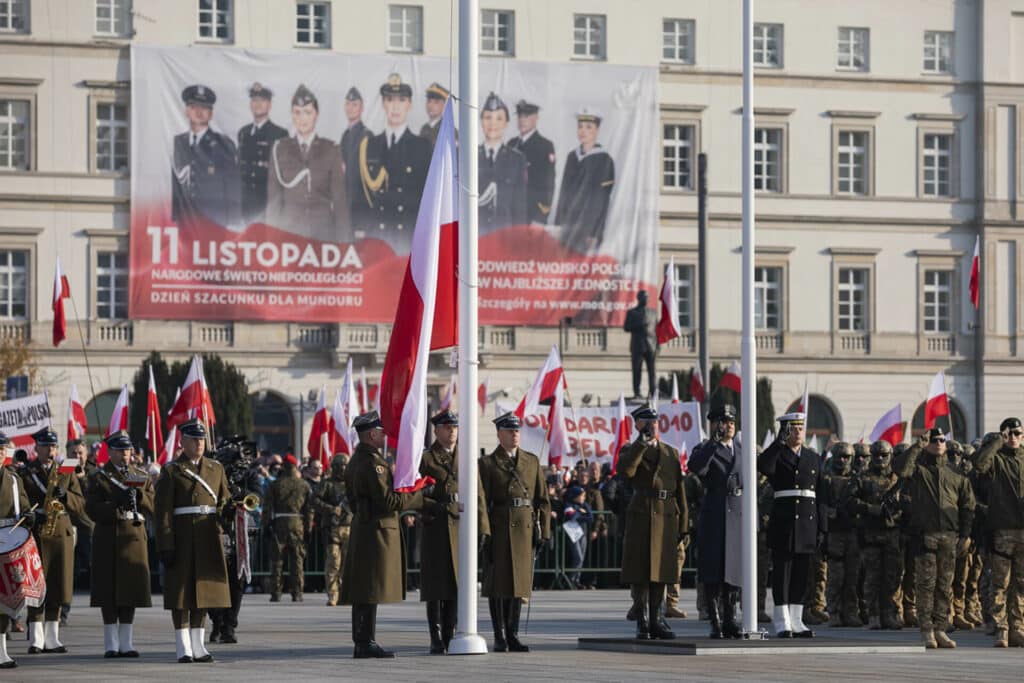
During the 1930s, November 11th was celebrated twice: in 1937, a monument to General Józef Piłsudski was unveiled during a celebration, and in 1938 a military parade and a demonstration in support of the army took place. During World War II, celebrations of Independence Day were banned.
After the end of the war, the National Council moved the date of celebrations to 22 June and until 1989, the celebration of 11 November was threatened with repression by the Communist Party of the Polish People’s Republic. However, there were patriotic demonstrations, which were considered to be illegal assemblies. Although government delegations began laying wreaths at the Tomb of the Unknown Soldier in the 1980s, in 1988 the celebration was dispersed by the police.
The Sejm of the Polish People’s Republic on 15 February 1989 restored the celebration of Independence Day on 11 November and named the day “National Independence Day”. The Sejm of the Republic of Poland passed a resolution on 11 November 1997, which among other things said: “This solemn anniversary also makes us reflect on the half century during which the freedom and democratic aspirations of Poles were suppressed by Nazis and Soviet occupiers, and later – and alien to our tradition – by Communist authorities subordinated to the Soviet Union.
People’s symbols
The national flag, coat of arms and anthem are immutable attributes of independence celebrations. On the eve of Independence Day, a red and white flag is hung on houses and administrative buildings, and even city buses are decorated with a mini version of the flag. For several years now, the “Niepodległa do hymnu” action has been broadcast on TV, encouraging all Polish people to join in.
The Polish flag is composed of 2 colors, white and red in a 1:1 ratio and was hoisted by the State on 3 May 1792. Prior to that, the flag had been changed several times.
The coat of arms depicts a white eagle with outstretched wings and a crown against a red background. It was officially unveiled on 22 February 1990. It is interesting to note that the family coat of arms of the Piast dynasty, the first rulers of Poland, is the archetype of the present coat of arms. The Polish patriotic song, which was composed back in 1797, is an anthem for the Polish legions in Italy. The lyrics of the song have been changed several times, depending on the situation in the country. The current version became the official anthem on February 26, 1927. The lyrics of the anthem belong to Jozef Wybicki, while the author of the melody, based on a mazurka melody, is unknown.
The celebration
As mentioned before, on the eve of the holiday, Poles hang red and white flags on their houses. The day of 11th November begins with a mass in churches, and towards noon the festivities begin in the cities. In the squares there are activities with artists, children’s entertainment, a 5 and 10 km marathon. Every year, the festivities are also attended by representatives of the House, headed by the Marshal of the Sejm. The Marshal’s Guard of Honor stands guard at the Tomb of the Unknown Soldier, and its officers take part in a parade of power structures. It is also traditionally an open day at the Sejm, during which tens of thousands of people visit the buildings on Vejska street.
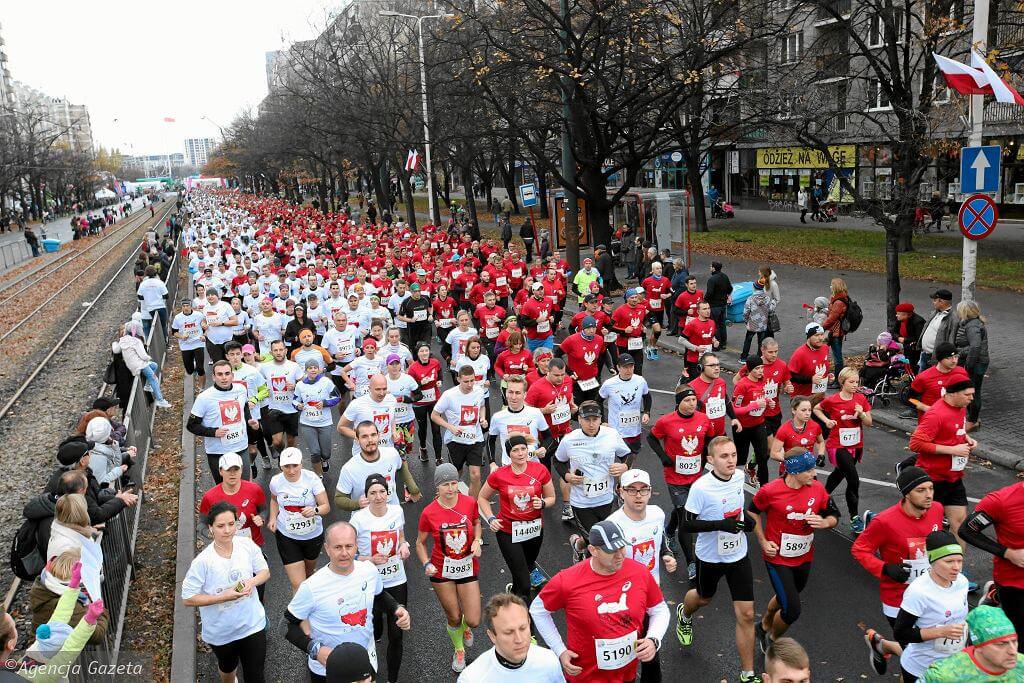
Nationalist March in Warsaw
Every year during celebrations of Poland’s Independence Day, the “Independence March” is held in Warsaw, attended by representatives of various nationalist organizations. Traditionally the participants light torches during the march and it is not rare that the march ends in clashes with police, anti-fascists and representatives of various organizations.
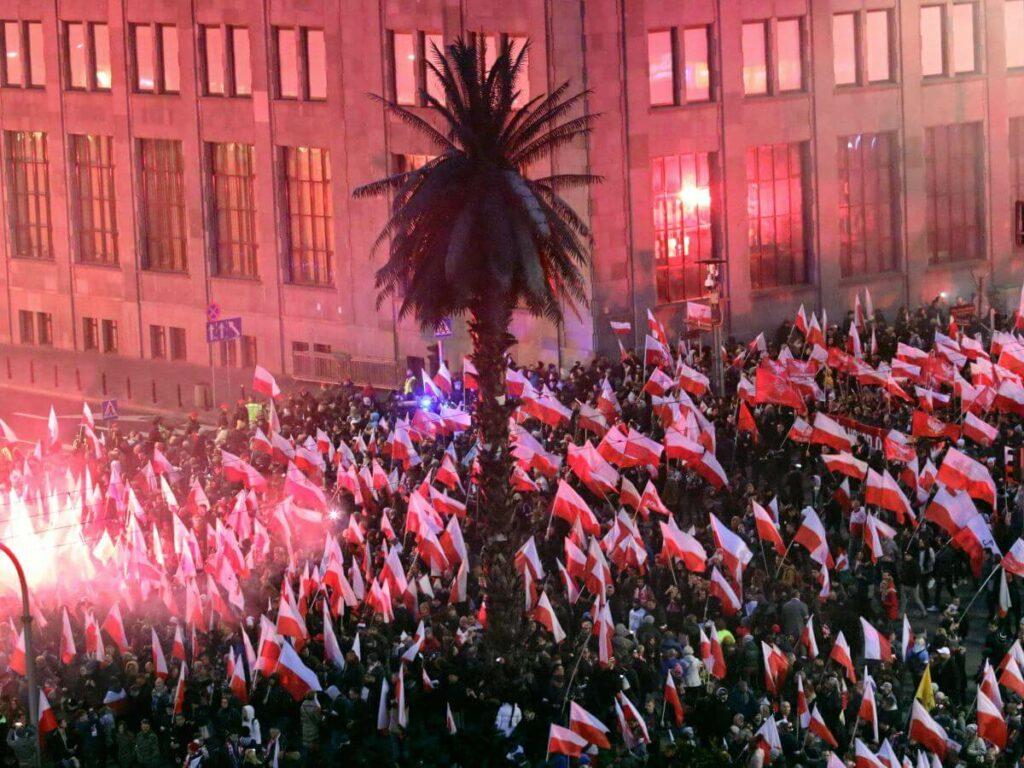
According to various estimates, hundreds of thousands of Poles take part in the Independence March. In order to appreciate the scale of the event, please watch a time-lapse video of the event.
The march route traditionally takes in the heart of the city center, starting at Centrum underground station and going over Most Poniatowskiego. It is a spectacular spectacle.
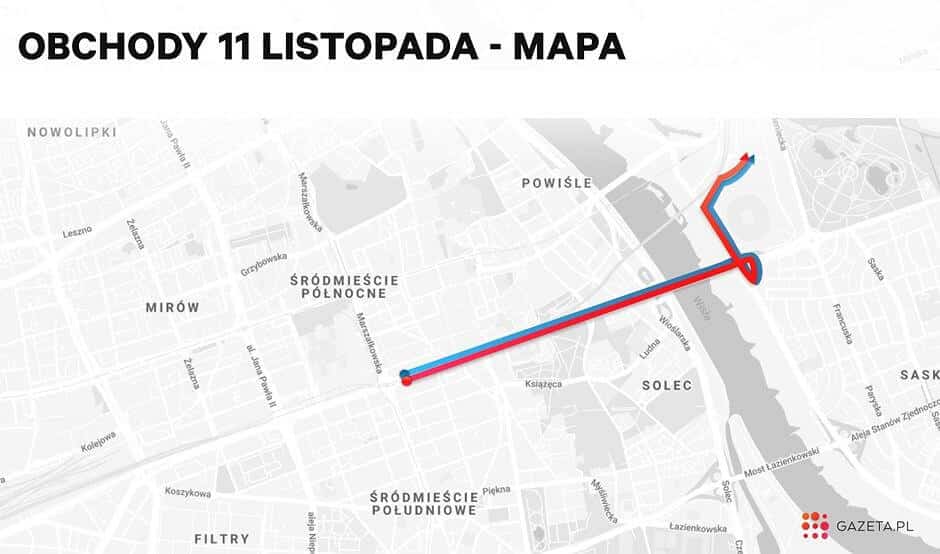
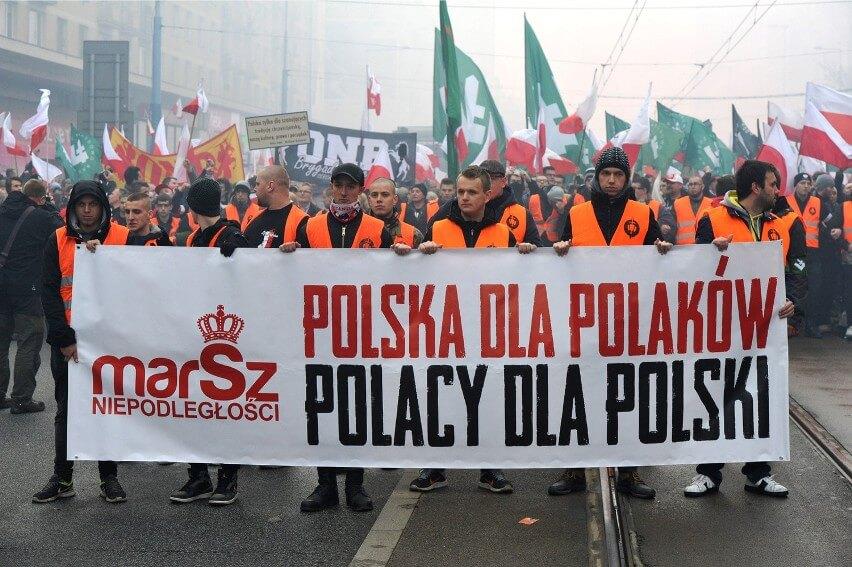
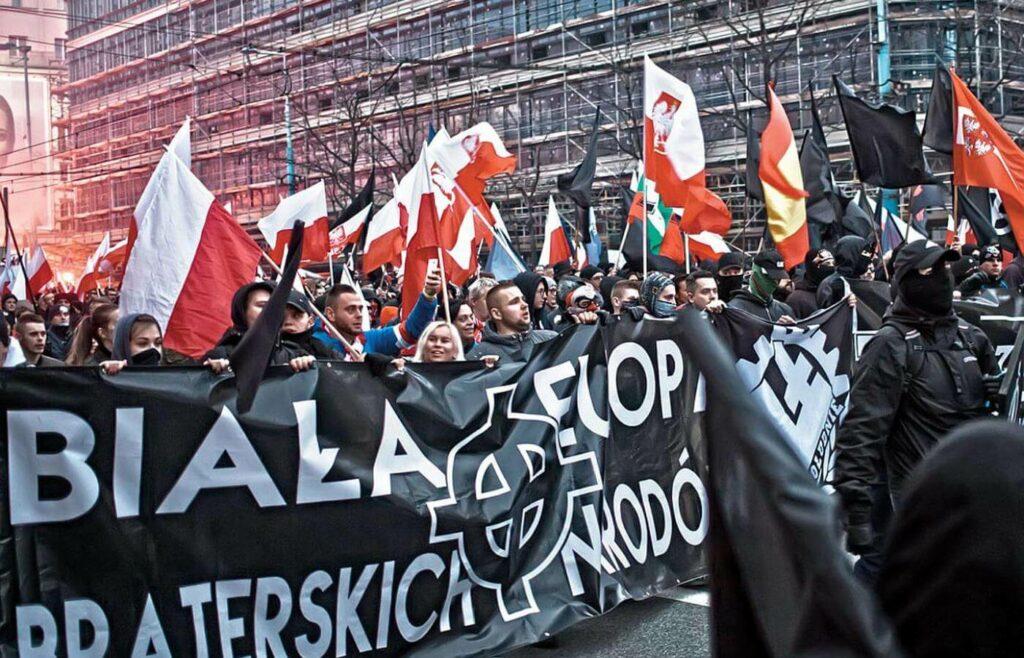
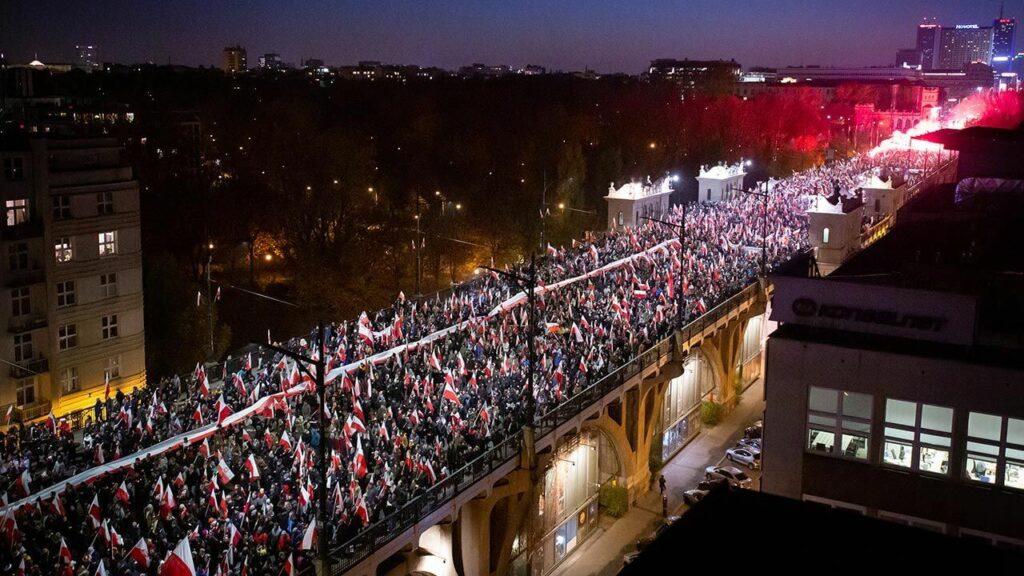
Conclusion
National Independence Day is a very important day for the Poles all over the world. The 11th of November is a national holiday. This is why it is celebrated mainly with family and close friends. The town squares are overflowing with people who want to take part in the Independence Day celebrations. Due to the epidemic situation, there were no street events last year. We hope that 2022 will be a calmer year, and that we will be able to take part in the celebrations and watch the beautiful fireworks in our town square.

